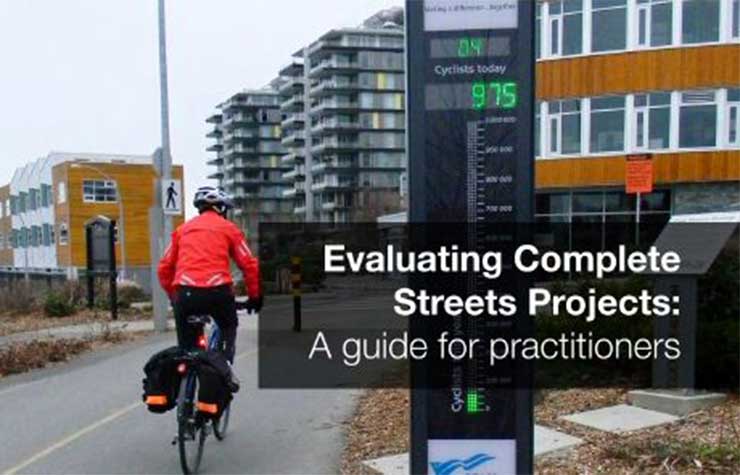AARP Hearing Center


Across the country, government agencies are working to meet residents’ demands to be more responsive, transparent and accountable in decisions and investments.
Transportation agencies are not exempt from this call. Plus, they face the additional challenges of dwindling capital and maintenance budgets. Performance measures, in the broad sense, provide a quantitative and, sometimes, qualitative indicators of potential or actual performance of a specific street, a corridor or the whole transportation network.
Across the country, government agencies are working to meet residents’ demands to be more responsive, transparent and accountable in decisions and investments.
Transportation agencies are not exempt from this call. Plus, they face the additional challenges of dwindling capital and maintenance budgets. Performance measures, in the broad sense, provide a quantitative and, sometimes, qualitative indicators of potential or actual performance of a specific street, a corridor or the whole transportation network.
"Evaluating Complete Streets Projects: A Guide for Practitioners" is a partnership between AARP Government Affairs and the National Complete Streets Coalition, a program of Smart Growth America.
The guide, which was released in March 2015, provides an introduction to project evaluation that focuses on multimodal goals and the needs of all individuals using the system. It includes general steps communities can take to evaluate projects, useful measures and metrics for common Complete Streets goals, tips for how to use these measures to tell the story of a project once it is completed and a list of in-depth resources for communities ready to take the next step.
Measuring performance in this way can help transportation agencies understand what's working and what's not. It's also a great way to improve public transparency and clearly demonstrate a project's success. Finally, measuring performance is a crucial way for transportation agencies to align their decisions at each phase of project development and delivery with established goals. All of this helps agencies make sure they're getting the most out of their project investments.
The new resource is particularly timely, as the Federal Highway Administration is expected to release its first of three rulemakings on performance measures for federally funded projects in the fall of 2015.
Expanding the range of performance measures and deploying them to understand individual projects allows transportation agencies to clearly connect investments to community goals. Communicating how projects perform can bolster support among residents and elected officials for continued investment in Complete Streets efforts.
Key Points
The tool kit is primarily a how-to guide. It highlights the following lessons in performance measurement:
- Data can help us make better decisions, but it's not a substitute for community vision adopted through consensus.
- Transportation investments can support broader community goals and efforts, but they cannot be solely responsible for outcomes such as employment or property values.
- Performance measures can be simple.
- An over-reliance on quantifying everything and translating goals into monetary terms can over-complicate the process and delay needed infrastructure improvements.
- People respond to outcomes, but identifying outputs — such as improved safety resulting from a shorter crossing distance created by a new curb extension or a median —helps to show how outputs can also be meaningful.
- After evaluating a project the data gathered can be used to raise questions and shape ideas for how to tweak the project or modify future projects.
- Because institutional and organizational obstacles often pose the greatest barrier to implementation of Complete Street policies, it's necessary to have sustained coordination and champions among upper management.
How to Use
"Evaluating Complete Streets Projects: A Guide for Practitioners" can be used in the transportation planning process and to support work with elected officials, transportation agencies, coalition partners and others to assess the effectiveness of transportation projects.
Download the Report
Learn More About Complete Streets
Report published March 2015. Summary by Coralette Hannon, AARP Government Affairs.



























































